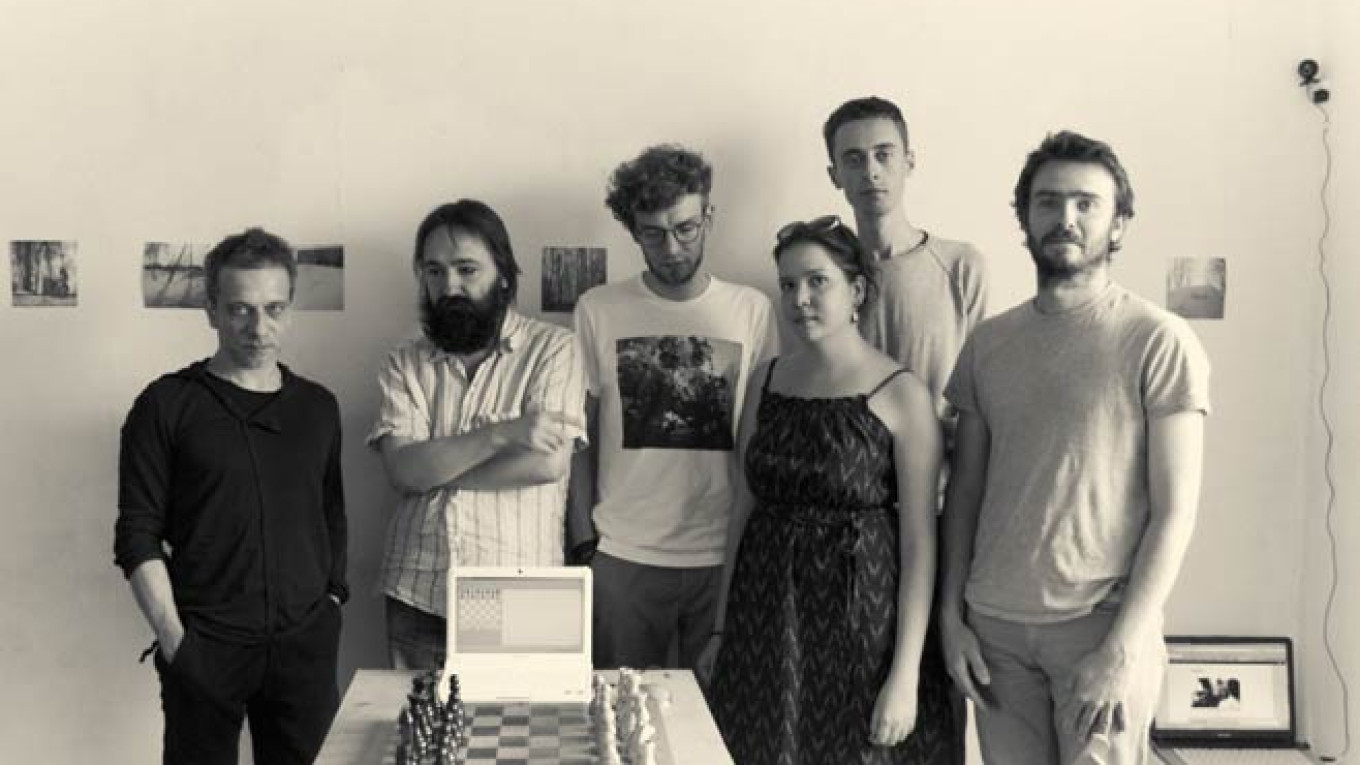My apartment has the same dimensions as the apartment of a friend who lives on the opposite side of Moscow. It has the same dimensions as the apartment of a friend who lives 123 kilometers away in the town of Dubna, and as yet another apartment in St. Petersburg.
During the Soviet Union, the vast numbers of identical apartments helped? serve a purpose behind giving the masses a place to live: These emblems of kitsch functionality reflected a Soviet ideology that struck a deal between the middle class and Bolshevism. The identical furnishings, floor plans and buildings provided a standardized, conformist aesthetic that converted private aesthetic choices into public ones.
But sometimes a parallel world lay behind the door of the identikit apartment. As Soviet cultural censors became more and more heavy-handed, artistic dissent was pushed underground, and city apartments were transformed into exhibitions, morphing into sites of freedom and growing cultural space.
Nonconformist exhibitions, lasting a day or sometimes just hours were organized by artists and were attended by thousands of people; publicized by networks of friends.? Subversion was subtle, and to the uninitiated eye, undetectable.
In the U.S.S.R., the Culture Ministry controlled the art market through state exhibitions and censorship, and between 1934 and 1986, Socialist Realism was maintained as the dominant artistic style through state censorship. Art was highly professionalized, and material privileges such as an apartment, a studio, commissions, and connections were only granted to artists who had pledged allegiance to party ideology and joined the Union of Artists of the U.S.S.R. The government banned art that did not conform to the government's edicts; space was tightly controlled, and life was made difficult for dissidents.
After perestroika, many independent art galleries opened, apartment exhibitions closed, and counterculture became mainstream. Marginalized groups re-emerged and underground groups surfaced, but in so doing were neutralized. The national art dialogue joined the globalized racket of "But is it art?!," battle lines were drawn between contemporary art and traditional art, and public conversation, though visible, became simulative, and shallow.
As societal fabric shifted, Internet technology developed and the earth began to stir. In 2006, two unofficial, unnamed apartment galleries opened within five days of each other. Brown Stripe Apartment Gallery, a joint enterprise between photographer Pyotr Zhukov and classically trained artist Yekaterina Gavrilova, and Cheryomushki Apartment Gallery, directed by now-professor of The Rodchenko School of Art and Photography Kirill Preobrazhensky, began to revive the Soviet concept of apartment galleries.
Although they did not know each other at the time, the motivations behind Brown Stripe and Cheryomushki were similar: to create a noncapitalistic space to talk about art, and to see art that they liked. "In a society of complicated social structure, one needs physical territory for effective, productive communication," Zhukov said. "Social media provides only a surface perception of freedom."
Brown Stripe holds bimonthly day-long exhibitions. It is based outside of the center of Moscow and requires concerted effort to get to. This, Zhukov says, strengthens engagement with the work, and encourages visitors to maximize their time and speak to the artist and each other.
Invitations are direct, or by word of mouth. This apartment gallery is a pressure cooker of sorts; it generates heat, and facilitates friendships.
"I was thinking about closing Brown Stripe last year," Zhukov said. "There were other cultural spaces, there was less of a need … But now I am not sure."
When asked how contemporary politics might affect art production and display, he answered diplomatically. "Art is smoother now, less gnarly, and more superficial — It is safe territory, and this is good for politicians; art can be in its own orbit, not interacting, unthreatening," Zhukov said.
One of the most beautiful things about Moscow is the disconnect between external appearance and internal reality: while buildings may look the same from the outside, — and indeed, the inside — their form does not unify their function. Ever-changing and multifaceted, spaces in Moscow morph to requirement. Sometimes open, sometimes closed, the apartment doors have a duel function: keeping cold out, and incubating the warmth within.
Brown Stripe Apartment Gallery
Cheryomushki Apartment Gallery
Contact the author at artsreporter@imedia.ru


